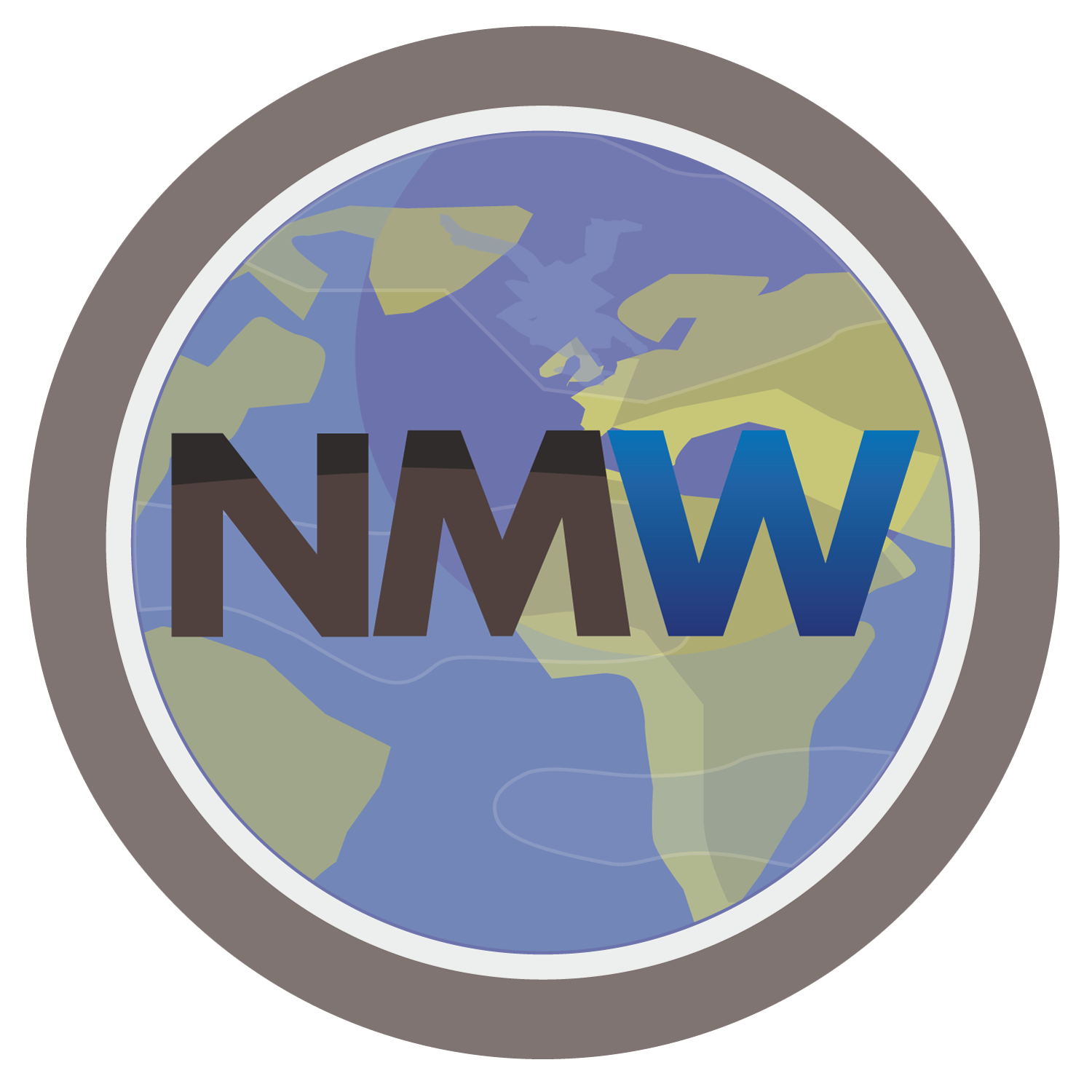On Friday evening, I was captivated by the oncoming snowstorm called Nemo that blanketed the city of Boston. From a perch overlooking the State House and the Boston Common, I could watch the sky darken and the air become increasingly opaque.
Why do you like time lapse videos?
If you get a little tired of waiting for my posts on Nomadderwhere - which I admit have become incredibly random and sparse - I'll give you a little supplementary material. Recently, I wrote a feature for the Matador Network entitled 'Why the obsession with time lapse video?' Have you ever wondered this yourself? What's your reasoning?
I'm reposting here some of my points, but be sure to check out the full post on MatadorTV and provide your own commentary.
Why time lapse for storytelling?
Shooting nature. Photo by Erika Luetzow, 2007
As a member of the MatadorTV triad, I appreciate the whole spectrum of travel video production, from the cinematic to the gritty. Video is an accessible vehicle for storytelling that can avoid the obstacles ever-present with language. And even though written word can facilitate a sensory experience, the combination of visual and audio elements is powerful on fleeting attention spans.
In browsing TV’s most popular posts to date, time lapse comes away a clear front-runner of stylistic and technical approaches, and these videos tend to follow a different editing pattern than most. Cuts are longer. Static shots are still dynamic. The resident audio is usually stripped from the footage and replaced by a soundtrack, and people still manage to follow a storyline and maintain focus on the evolving subject matter. Warped time appears to keep viewers engaged.
If you haven't been keeping up with MatadorTV, I suggest you check out some of the amazing recently-featured content, like this month of nature footage in Iceland, Ross Ching's time lapse of roads not traveled, and his version of 'carmageddon' with tips on how to create the effect.
Believe it or not, I did some journalistic research for this feature. For real! Home girl went to Wiki!
Why time lapse the subject matter?
Among the most popular subjects for the time lapse technique is nature, as evident by Terje’s work. This isn’t a shocker considering time lapse was made most well-known by Dr. John Ott, a photographer who documented growing plants. From the first time I watched a bud morph into a full blossom and added my own soundtrack of “whoaaa,” it seemed clear we could forever capture these natural elements and continue to amaze virtually everyone.
Of course, simply pointing the camera and tripod at any old vista won’t make for a viral, compelling, and timeless video. Ross Ching, a filmmaker in Los Angeles, stipulates, “There needs to be originality. There needs to be pioneers. There needs to be something more than beautiful shots. There needs to be a human element. There needs to be a story.”
Though this one borders on just plain fast rather than time lapse, here's my personal dabbling into the speedy film realm with my 'Nomadderwhere's 2010 in a Minute' video. My experimentations are more successful with work footage, which will soon be visible to the public.
Maybe our obsession comes from relating the natural world to our own human interaction with it at an altered speed, warping our day to day, minute to minute perceptions of being present and active with the surroundings.
On occasion, I feel the perspective time lapse affords me is akin to a mini-spiritual awakening, an out-of-body experience while armchair traveling...
Time lapse is one of the many vehicles through which filmmakers and storytellers have learned to transmit concepts from the world to the world effectively. And with the amount of attention we give these works today, it appears to be an approach that works.


